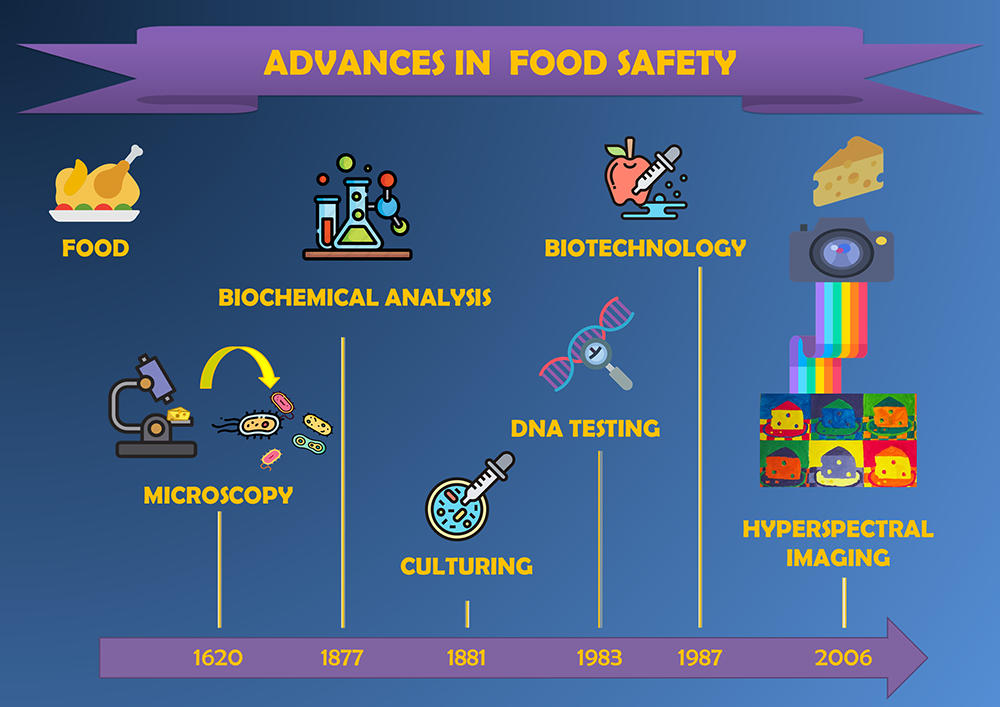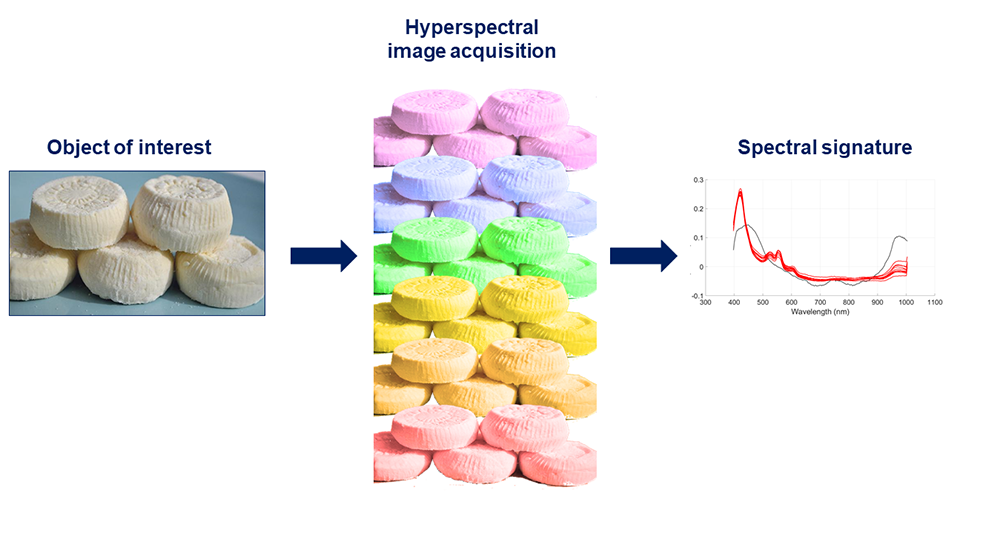Food Science: a picture can save tonnes of food from being wasted
Posted on April 20, 2020 by Dr Sholeem Griffin
Dr Sholeem Griffin is a researcher in the Department of Food Sciences and Nutrition and the Centre for Biomedical Cybernetics at the University of Malta. Her postdoctoral studies focus on the development of a hyperspectral imaging system to detect low-level contamination of food products. Here, Dr Griffin discusses how her research could be applied to prevent food wastage.
The key to feeding a growing population could be reducing food waste
In its Sustainable Development Goals, the United Nations (UN) highlighted zero hunger and good health and well-being as two key areas which should be prioritised to build a better world by 2030, indicating the importance of food and nutrition in the global future. In 2012, around 1.3 billion tonnes of food were wasted; equivalent to a third of the food produced for human consumption globally. The European Union (EU) contributed 88 million tonnes towards this figure. On average, every individual in the EU produces 173 kg of food waste annually, accounting for about 53% of the total food waste produced in the EU, with the food industry generating the remaining 47%. From what is wasted, around 5% comes from retail, 11% is wasted in primary production, 12% is produced by the foodservice and catering industry, and 19% is generated by food processing. The EU is introducing measures to halve food waste by 2030, and research from the Eurobarometer survey identified the poor understanding of date marking on food products as one of the leading causes of food disposal.
Food labels and food safety
Food labels act as a guide for the appropriate storage and shelf life duration of the food products. Passing this period may result in spoiled food or an unsafe product. The details on these labels are determined by taking a small section of the food item and putting it through a series of biochemical, microbiological or molecular tests to assess the safety and/or predict the rate at which the food will spoil. Carrying out such tests generates food waste as the food item is destroyed in the testing process. Moreover, these tests are subject to limitations such as time, costs and expertise.

Evolution of microbial detection techniques (vector graphics from flaticon.com)
Hyperspectral image analysis
Hyperspectral imaging can serve as a low-cost and non-destructive food inspection technique, which uses image analysis to identify microbial contamination. While a standard digital camera generates images by combining data from three broad wavelength bands within the visible spectrum: red, green and blue, a hyperspectral camera records numerous narrow and contiguous bands, which typically also extend beyond the visible spectrum. Hyperspectral cameras produce a series of images from the light reflected from an object, with each of these images corresponding to the reflected electromagnetic energy in the respective narrow band of wavelengths.

Hyperspectral image analysis can be used for food inspection (Image of cheese; Times of Malta)
If food products are contaminated with micro-organisms, they will produce a hyperspectral image different from that of non-contaminated food. Contaminated food items are identified by their ‘spectral signature’ as determined by the hyperspectral imaging process, which would be specific for contaminated or non-contaminated food. Any deviation from the hyperspectral signature of the non-contaminated food can be used to identify a contaminated food sample without destroying it.
Hyperspectral imaging technology was applied to traditional Maltese sheep milk cheese called ġbejniet to determine their spectral signatures. The same was repeated for ġbejniet which were contaminated with fungal spores commonly found to spoil them. A comparison of the hyperspectral signatures could be carried out to identify contaminated cheeses.
The deployment of hyperspectral imaging at critical points during food production can significantly reduce the amount of food waste as it provides an on-site, non-destructive method of food inspection. A hyperspectral camera installed in a food production/processing facility can be used to acquire hyperspectral images of food items, with the data being loaded to and processed on a computer to obtain information about the contamination status of food items. If unsuitable, the food items could be utilised in a different manner that would preserve them. Moreover, each item can be scanned before packaging with an appropriate shelf life label. The implementation of such technologies, along with raising awareness on the importance of reducing food waste, can ensure the availability of high-quality and nutritious food for the global population in the future.

